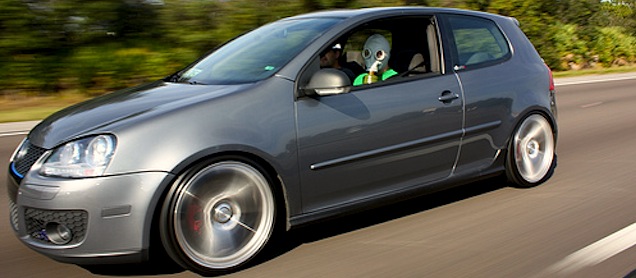You know that “new car smell” people often rave about? Turns out it’s toxic. In fact, most automakers know this and have been silently making changes to their interiors to rid them of the dangerous plastics and chemicals that emit the scent.
Wired Magazine explains:
Researchers at The Ecology Center sampled 11 components on more than 200 new vehicles, testing for the presence of 11 chemicals such as lead, mercury, bromine and chromium. The off-gassing of such materials contribute to the intoxicating aroma known as “new car smell,” which is less the odor of fine Corrrrrinthian leather than the off-gassing of volatile organic compounds from glue, plastic and flame retardant.
Before you panic, it’s important to note there’s no guarantee that you’ll end up exposed to harmful levels of any of these substances — unless you regularly drink smoothies made from car armrests. It’s also worth stating that automakers have been reducing the amount of toxic materials in their cars. […]
Still, the researchers note that the average American spends more than 90 minutes in a vehicle each day, and exposure to these chemicals can be a major source of indoor air pollution.
The researchers didn’t measure how much of each chemical a typical passenger might encounter, but instead focused on the mere presence of toxic materials. Other studies have shown that exposure levels are higher when a car is new, when the windows closed and on hot, sunny days. Automobiles are particularly brutal environments for plastic because high temperatures can increase the concentration of volatile organic compounds. [more]
That last part is the most frightening. While “new car smell” fades with time, summer temperatures can cook interior plastics – forcing them to release toxic chemicals into the cabin. Jeff Gearhart, research director at The Ecology Center, explains: “Automobiles function as chemical reactors, creating one of the most hazardous environments we spend time in.”
Still, the study’s findings aren’t all bad. It found that 17% of new vehicle interiors are made without polyvinyl chloride (PVC) and 60% are free of brominated flame retardants – two of the leading toxins found in car interiors and linked to health problems that include allergies, impaired learning and liver toxicity.
Scary stuff. It makes me wonder what’s in those “new car scent” air fresheners available at AutoZone.

Recent Comments